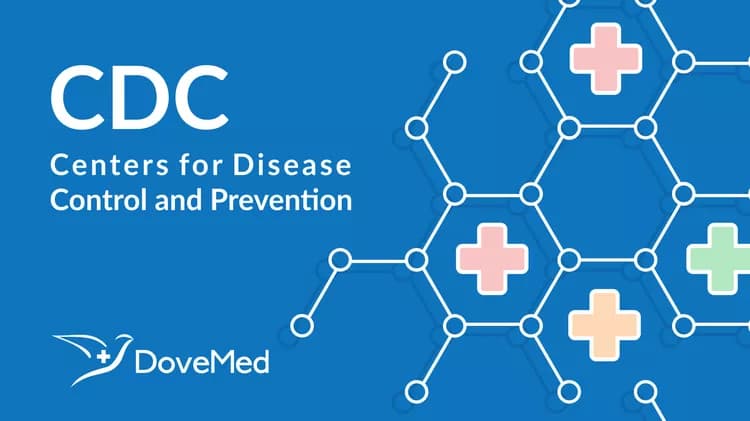
HHS ISSUES REPORT ON COMMUNITY HEALTH IN RURAL, URBAN AREAS
HHS ISSUES REPORT ON COMMUNITY HEALTH IN RURAL, URBAN AREAS
Statistics Show Suburban Residents Fare Better In Many Key Health Indicators
HHS Secretary Tommy G. Thompson today released a new report that shows Americans who live in the suburbs fare significantly better in many key health measures than those who live in the most rural and most urban areas.
The 25th annual statistical report on the nation’s health is the first to look at health status relative to communities’ level of urbanization.
People who live in the most rural and most urban areas have higher mortality rates for working age adults than suburban residents, the report found. Those who live in the suburbs of large metropolitan areas have the lowest infant mortality rates and are more likely to have health insurance and healthy lifestyles. These variations also frequently track other demographic factors, such as income and race.
"We want all Americans, regardless of where they live, to have an equal chance for a healthy life," Secretary Thompson said. "Geography alone does not determine health status, but this report performs a valuable service by helping us understand where the most rural and urban communities can target public health efforts to close the gaps."
The report, "Health, United States, 2001, with Urban and Rural Health Chartbook," documents differences in a wide-ranging set of health characteristics for people residing in communities from the most rural to the most urban. Among its specific findings:
Death rates for working-age adults were higher in the most rural and most urban areas. The highest death rates for children and young adults were in the most rural counties.
Residents of rural areas had the highest death rates for unintentional injuries generally and for motor-vehicle injuries specifically. Homicide rates were highest in the central counties of large metro areas.
Suburban residents were more likely to exercise during leisure time and more likely to have health insurance. Suburban women were the least likely to be obese.
Both the most rural and most urban areas had a similarly high percent of residents without health insurance.
Teenagers and adults in rural counties were the most likely to smoke. Residents of the most rural communities also had the fewest visits for dental care.
The chartbook presents detailed analysis of population characteristics, health risk factors, health status indicators, and health care access measures for residents of counties grouped by five urbanization levels. It also examines patterns by region of the country.
Communities at different urbanization levels differ in terms of age, race, ethnicity, income, and other factors, which affect health status. For example, residents of the most rural and the most urban areas are more likely to be poor. Access to routine and emergency health care, racial and ethnic makeup, air quality and other factors also affect a community’s health status.
"Clearly, prevention plays a role in the urban-rural patterns we’ve observed," said Dr. Jeffrey P. Koplan, director of the Centers for Disease Control and Prevention (CDC). "Those communities where citizens are able to lead healthier lifestyles and adopt the healthy habits that prevent illness and injury see the results in many tangible ways."
Overall, the annual report shows that Americans are healthier today than 25 years ago –with longer life expectancy, better infant survival, fewer smokers, less hypertension and lower cholesterol levels. Highlights of the overall findings include:
In 1999, overall life expectancy matched the record high set in 1998 of 76.7 years, and reached a new high for black men of 67.8 years and 74.6 for white men.
The top three causes of death in 1999 -- heart disease, cancer and stroke -- declined. Death rates for unintentional injuries and homicides were also down.
In the past decade, mothers receiving early prenatal care -- which can protect the health of mother and infant -- increased from 76 to 83 percent. In 1999, 78 percent of children ages 19-35 months had received the recommended combined series of vaccinations, up from 69 percent in 1994. Children below the poverty level were less likely to have been vaccinated.
The chartbook’s focused look at rural, urban and suburban health will complement other efforts at HHS to address the special health care needs of rural communities and other underserved areas. In July, Secretary Thompson announced the creation of a HHS Rural Task Force that will conduct a department-wide examination of how HHS programs can be strengthened to better serve rural communities.
"This type of detailed analysis of urban/rural patterns of health in America is virtually unprecedented," said Dr. Edward J. Sondik, director of CDC’s National Center for Health Statistics (NCHS), which prepares this annual report. "This is the information that is needed to target efforts in prevention and health care access."
"Health, United States, 2001, with Urban and Rural Health Chartbook," is available online at http://www.cdc.gov/nchs. Tables at the Web site will be updated as new data become available, and users can sign up to be notified of changes through a listserv.
###
Note: More information about the Secretary’s Rural Health Task Force is available at http://www.hhs.gov/news/press/2001pres/20010725.html. All HHS press releases, fact sheets and other press materials are available at www.hhs.gov/news.
Related Articles
Test Your Knowledge
Asked by users
Related Centers
Related Specialties
Related Physicians
Related Procedures
Related Resources
Join DoveHubs
and connect with fellow professionals

0 Comments
Please log in to post a comment.